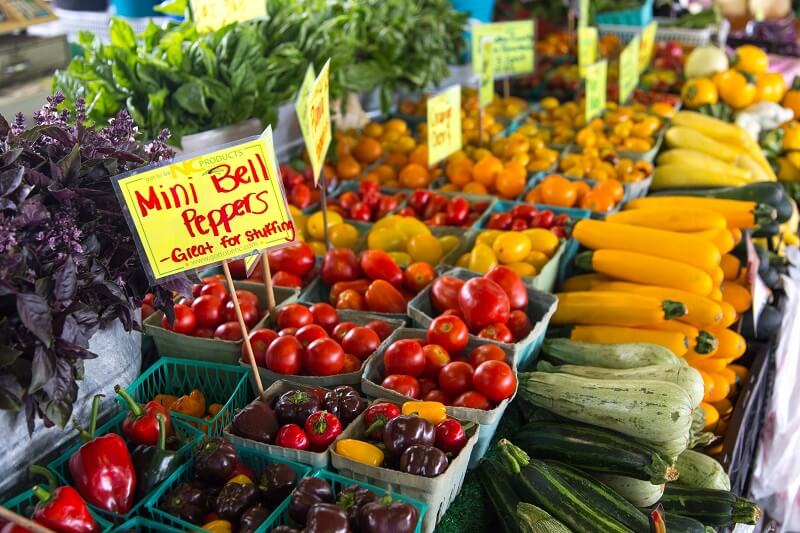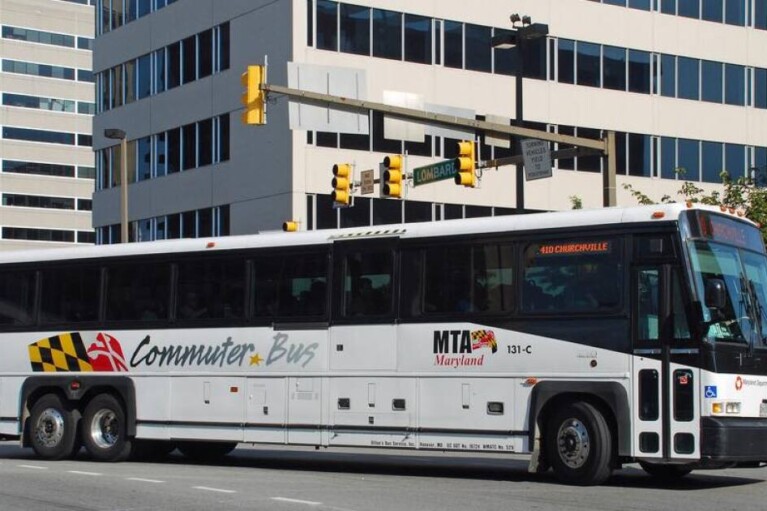
By Tom Croghan
The writer is co-owner of The Vineyards at Dodon in Davidsonville.
Maryland’s food system is at the confluence of increasing chronic disease, escalating environmental degradation and growing recognition of racial injustice. Not addressing these challenges will only make them worse. That said, candidates for Maryland’s statewide offices in 2022 have not yet grasped the centrality of food and its production, processing, and distribution to our current and future well-being.
Before the COVID-19 pandemic, food directly contributed to four of the five leading risk factors of death and disability. Nearly 40% of American adults are obese, an increase of more than 37% since 2000. In addition, diabetes-related disability – blindness, kidney failure, heart attacks and limb amputation – has increased by nearly 25% since 1990.
Food production may also have contributed to the spillover of SARS-CoV-2, resulting in the COVID-19 pandemic. Conversion of natural habitats for agricultural use increasingly brings humans and wildlife into close contact, interactions considered key mediators of new infectious disease emergence. There is compelling evidence that these links played a critical role in the HIV/AIDS and Ebola epidemics.
The food system accounts for one-third of current greenhouse gas emissions. Agriculture makes up about 70% of this total. Packaging, distribution and storage contribute another 15%. Much of the rest comes from the disposal of wasted or discarded foods.
Agriculture, including food production, is the leading cause of eutrophication from nitrogen and phosphorus fertilizers, the biggest user of freshwater, and the principal source of forest and biodiversity loss. The system has its origins in policies that forcibly displaced indigenous peoples from their ancestral lands, expanded production by appropriating slave labor, and enriched itself under Jim Crow-era policies that drove Black families from their farmland.
Although the food system has significantly contributed to these destructive consequences, it can also be an essential source of their solutions. Society has the knowledge and tools to change diets to produce better health and improve the climate.
So here are a few ideas on which the candidates should chew.
First, most of the food consumed in Maryland originates with a handful of commodity crops that are then highly processed, easily transported and stored for long periods. The Eat-Lancet Commission has recently quantified the benefits of changing to more diverse, nutrient-dense foods.
They estimate that doubling consumption of fresh fruit, nuts and vegetables while reducing red meat and sugar consumption would save 11 million lives. Moreover, it would shift agriculture from a significant producer of greenhouse gases to a net sink, potentially sequestering 20% of fossil fuel-related emissions.
But changing diets, both individual and population-wide, is difficult.
Cheap, calorie-dense, nutrient-poor foods are too easy to find and convenient to consume. Moreover, consumption of the tastiest, most nutritious fresh fruits and vegetables is often limited to those with high incomes. Farmers that produce these foods find it challenging to develop the new markets necessary for them to thrive.
Using the power of institutional food purchasing may help.
About 40% of all food is served in public eating places such as hospitals, schools, workplace cafeterias and the like. By helping local school systems implement new procurement processes, the Center for Good Food Purchasing uses this institutional power to increase demand for food from farmers who strengthen community health, the local economy, worker well-being, animal welfare and the environment.
Maryland should require all government institutions to adopt a value-based procurement system and provide financial incentives such as tax credits or subsidies to reward private sector purchasers.
Second, we should ensure that Maryland can feed itself, both in good times and during a crisis. Food production in Maryland lacks the diversity needed to feed the state’s residents healthfully. Poultry and poultry feed producers dominate the agricultural sector. Each day, Maryland produces just under one pound of chicken per resident, more than 15 times the recommended dietary amount.
The state should diversify crop production at the farm and regional level by offering direct subsidies and technical assistance for existing farmers to transition to new crops and for new farmers to enter the sector. Educational, financial and trade infrastructure is needed to support these new farming systems. Regional agricultural cooperatives of small producers would promote group purchasing of supplies, equipment exchange, labor sharing, and sales and marketing.
Third, except for chicken, most of the food consumed in Maryland is produced in a few global “breadbasket” regions. This consolidation of food production, as well as retail outlets, has resulted in a distribution system vulnerable to natural and anthropogenic shocks. As a result, even minor disruptions of crop transport through maritime straits and canals, coastal ports and inland freight systems can lead to substantial supply shortfalls and price spikes like those that occurred during the pandemic.
Decentralizing production and distribution will help. The state can become food resilient by promoting community and school gardens, centralized packing sheds and refrigeration units, and food hubs. Farmers markets, mobile markets, and farms and farm stands should offer year-round fresh fruits and vegetables within walking distance of all homes. A short-haul distribution infrastructure would link small and mid-sized producers with local retail outlets. Regional auction houses would serve as aggregation hubs for purchasing local fresh fruits and vegetables.
Fourth, successful agricultural production requires access to land and capital. Rising land prices make it difficult for new farmers, especially socially disadvantaged groups, to get started. Promoting solar energy production on farmland further intensifies this challenge.
Broadening the definition of agriculture to include farming-related activities that facilitate desirable production methods, support infrastructure and post-harvest processing would allow more income to remain in agriculture regions and increase land values. In addition, locally-governed community land trusts would move decisions from individual property owners to institutions that benefit the community.
Food may be the single most potent lever to improve human health, ecosystem resilience and climate stability. To successfully lead Maryland in the Anthropocene, candidates for statewide office should start by understanding food and the food system and proposing actionable policies to drive the needed radical transformation.





 Creative Commons Attribution
Creative Commons Attribution